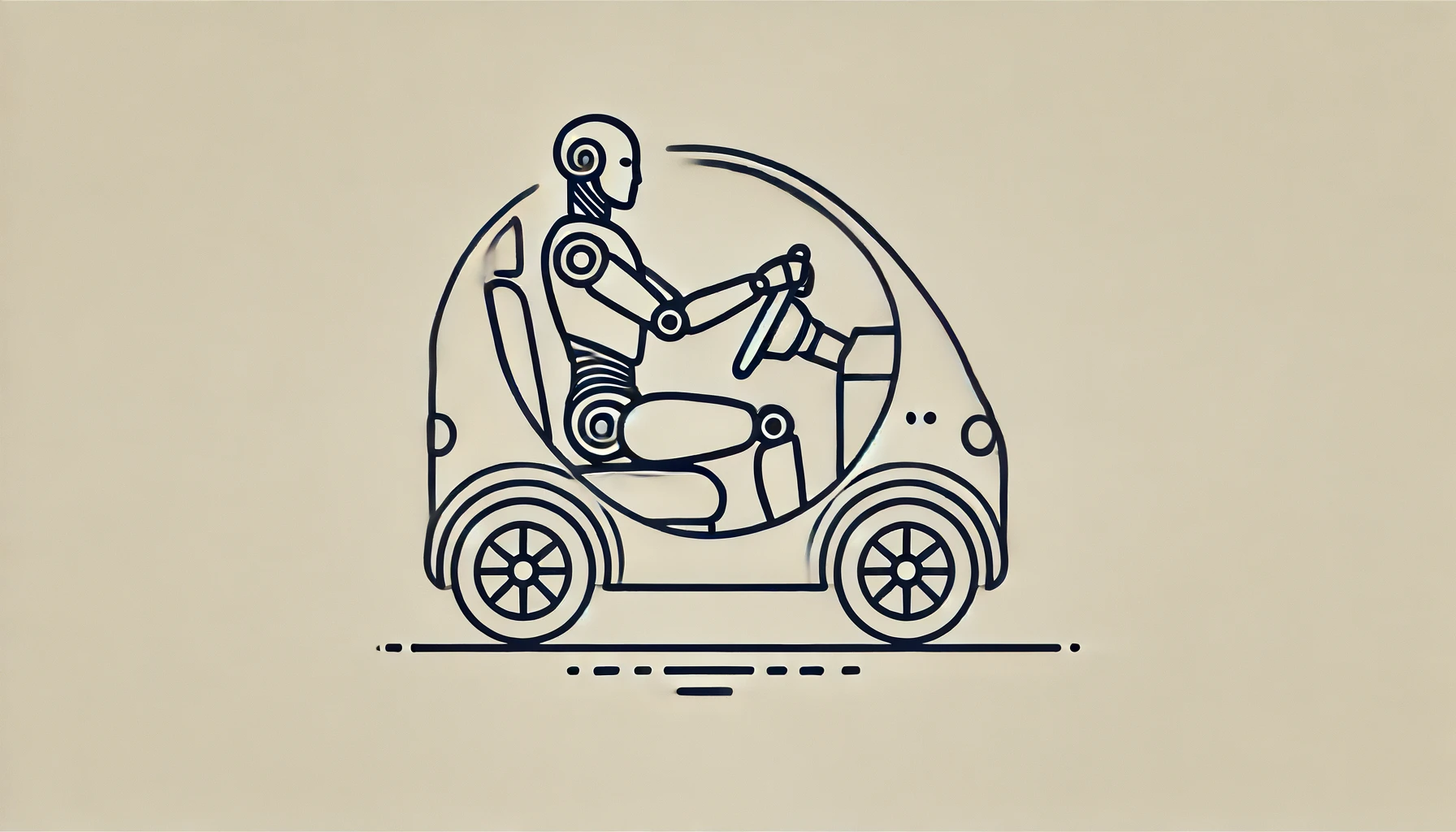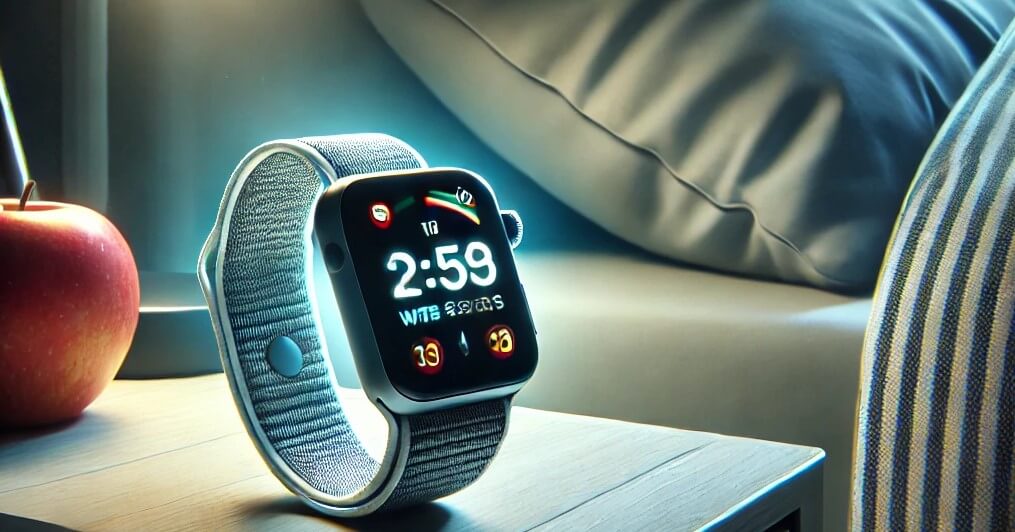In a significant breakthrough in autonomous vehicle technology, researchers at the University of Tokyo have introduced a “musculoskeletal humanoid” robot named Musashi. This innovative robot is designed to drive a car, potentially offering a new approach to autonomous driving that combines human-like adaptability with machine precision.
Introducing Musashi: The Humanoid Driver
The research team, which includes a consultant from Toyota, has developed Musashi to navigate a small electric car through a controlled test track. Equipped with two cameras functioning as eyes, Musashi can perceive the road ahead and monitor side mirror reflections. Using its mechanical hands, it can operate the car’s key, handbrake, and turn signals. Musashi’s anti-slip feet enable it to press the accelerator or brake pedals effectively.
The training process for Musashi involved feeding it raw sensor data, teaching it to use the steering wheel, and ensuring it can respond to traffic light signals. During tests, Musashi successfully turned a corner at an intersection, although it did so by cautiously lifting its foot off the brake rather than using the accelerator, a move driven by technical limitations and safety precautions. This cautious turn took approximately two minutes.
In another experiment, Musashi did use the accelerator but struggled to maintain a consistent speed, especially on inclines. These challenges highlight the areas requiring further development, but the researchers are optimistic about future advancements.
The Vision Behind the Research
The concept of a humanoid robot driving a car may seem unconventional in the age of self-driving cars. However, the researchers argue that humanoid robots like Musashi can offer unique advantages. Traditional autonomous vehicles rely heavily on complex sensor arrays and algorithms to interpret their environment. In contrast, a humanoid robot with human-like faculties can potentially adapt more flexibly to diverse driving conditions.
This approach could mitigate some of the safety concerns associated with fully autonomous vehicles, such as navigating unpredictable pedestrian behavior and avoiding obstacles like telephone poles. By integrating a humanoid robot that can mimic human driving actions, the team envisions a future where these robots could enhance the safety and reliability of autonomous cars.
Challenges and Future Prospects
Despite the promising demonstration, Musashi’s current limitations underscore the need for further research and development. The cautious driving and difficulties with speed consistency highlight the technical hurdles that must be overcome. However, the researchers are committed to refining Musashi’s capabilities, with plans to develop next-generation robots and more sophisticated software.
From my point of view, the prospect of humanoid robots driving cars opens intriguing possibilities for the future of transportation. While fully autonomous vehicles have made significant strides, incorporating humanoid robots could address some of the existing challenges and offer a complementary solution. However, it is crucial to approach this innovation with a balanced perspective, recognizing both its potential and the complexities involved.
As I see it, Musashi’s development represents a pioneering step in exploring the intersection of robotics and autonomous driving. While we may be decades away from seeing humanoid robots like Musashi driving taxis in Tokyo, the ongoing research holds promise for transforming how we think about and implement autonomous vehicle technology.
In conclusion, the University of Tokyo’s Musashi project marks a bold and innovative approach to autonomous driving. By leveraging humanoid robots, the researchers aim to enhance the safety and adaptability of self-driving cars. With continued advancements, Musashi and its successors could play a pivotal role in shaping the future of transportation, offering a fascinating glimpse into what lies ahead in the realm of autonomous vehicles.






